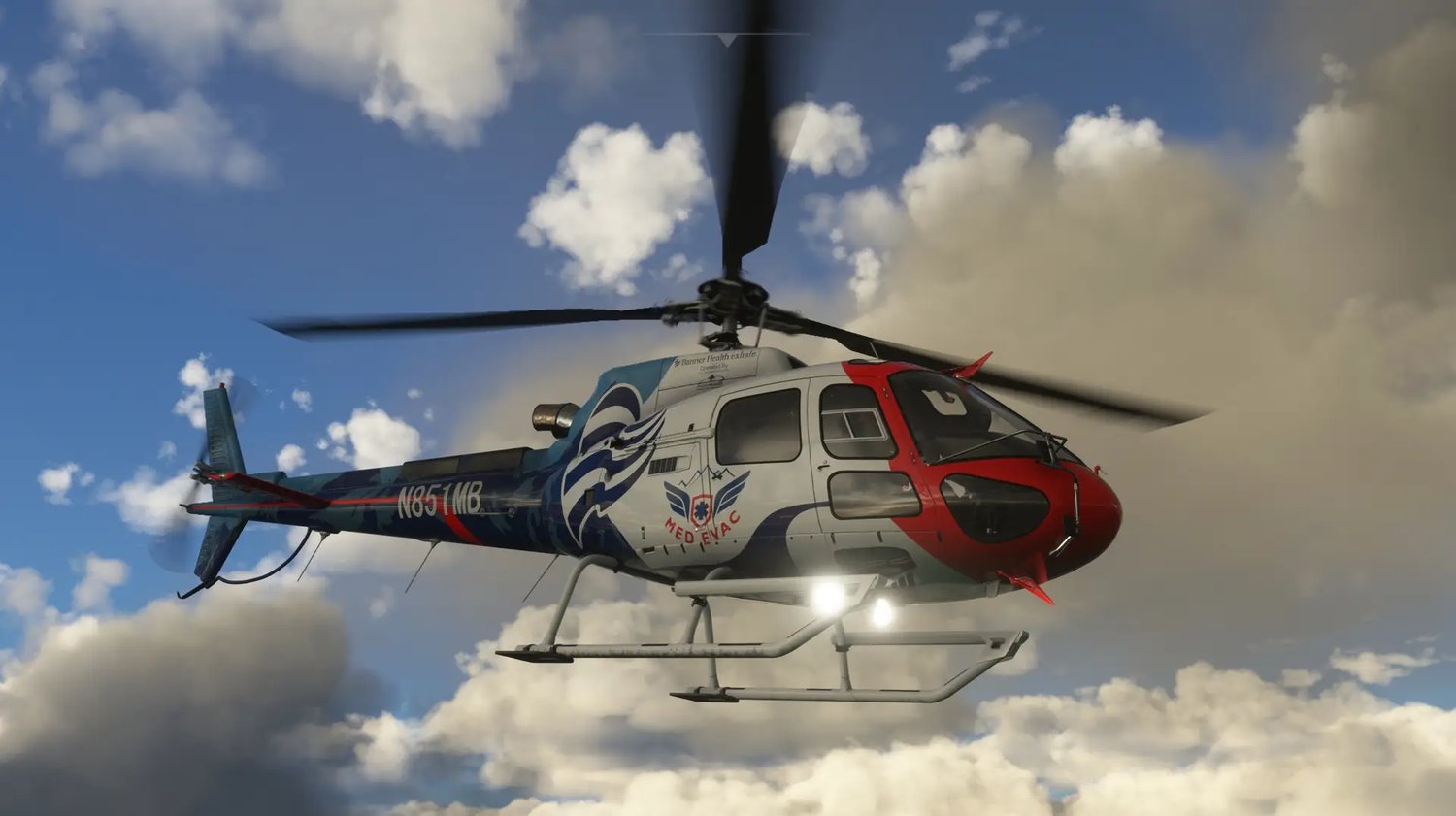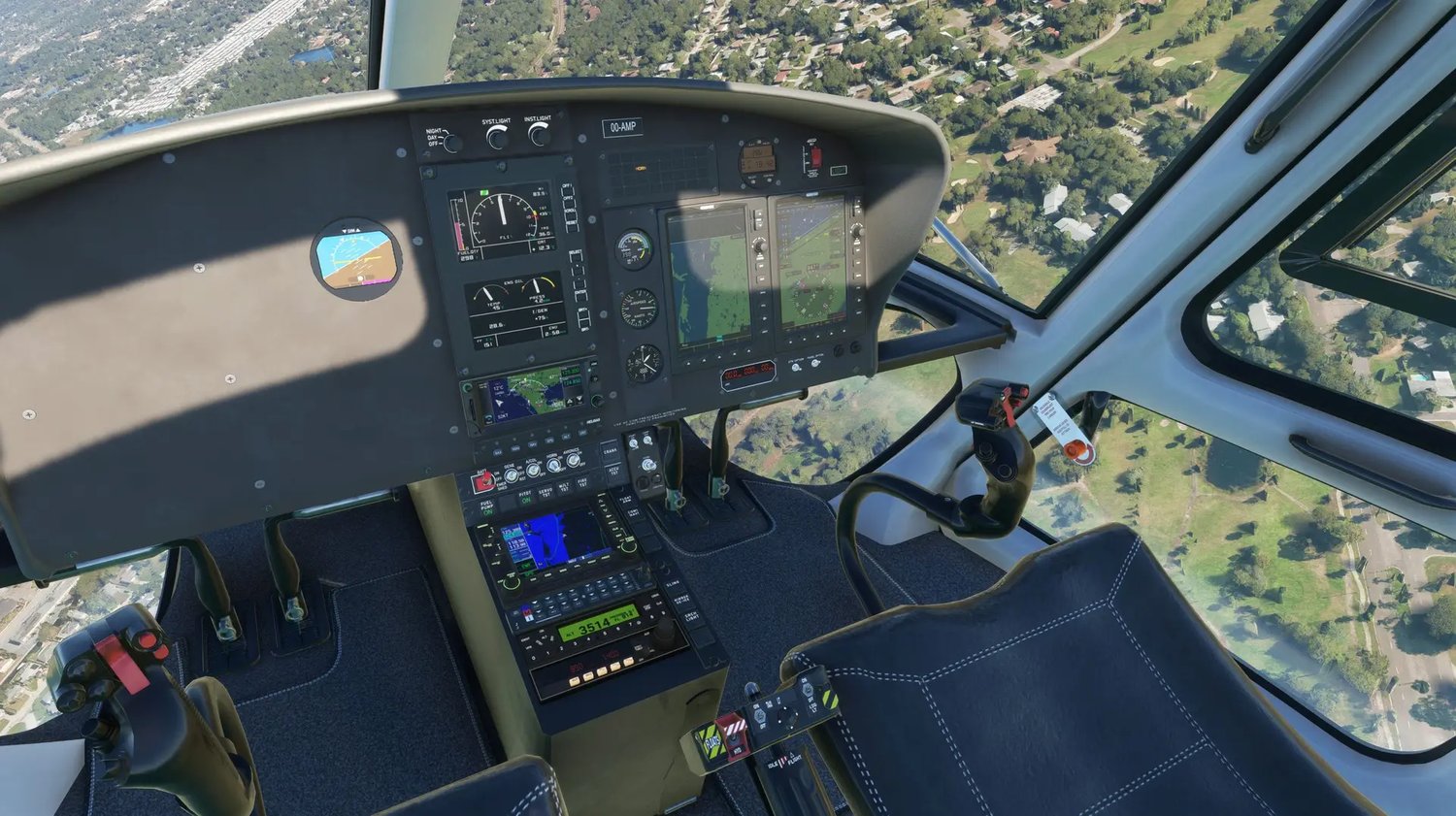
CS H125 / AS350B3E (Cowan Simulation)
About
❝
The H125 is a single-engine, light-duty civil utility helicopter manufactured by European rotorcraft producer Airbus Helicopters. Its main rotor system has three blades and it uses a 2-blade anti-torque tail rotor. The helicopter accommodates up to six, including pilot.
France’s Aérospatiale developed the initial platform, and based it on their Alouette II and it was subsequently produced by Eurocopter. Called the AS350 Écureuil (Squirrel), the rotorcraft took its maiden flight on June 27, 1974 and was introduced in 1975. The H125 has seen a wide variety of uses, both commercial and military, and is renowned for its high density altitude performance. One touched down briefly on the summit of Mount Everest (29,030 feet above sea level) in 2005, and a number of others have landed (and then re-launched) from the summits of other notable high mountains throughout the world.
The H125, which has a fuselage length of 35 feet, 10 inches and a rotor system diameter of 35 feet, 1 inch, is powered by a Turbomeca Arriel 2B turboshaft engine that produces up to 950 shaft horsepower at take-off. The helicopter’s light weight (2,588 pounds empty) combined with the high-output powerplant and 3-blade main rotor system gives it its legendary performance. It has an in-ground effect hover ceiling altitude of 13,250 feet above sea level, an out-of-ground effect hover ceiling of 12,600 feet above sea level, and a maximum flight altitude of 23,000 feet above sea level. It has an endurance of 4 hour, 30 minutes, a cruising speed of 160 miles per hour, and a range of 390 miles.
The Airbus Helicopters H125, which features a utilitarian cockpit that grants exceptional visibility, is a favorite of rotary wing aviators. Efficiently designed, this machine is a workhorse, whether at sea level or thousands of feet aloft.
❞

